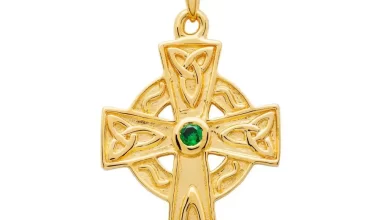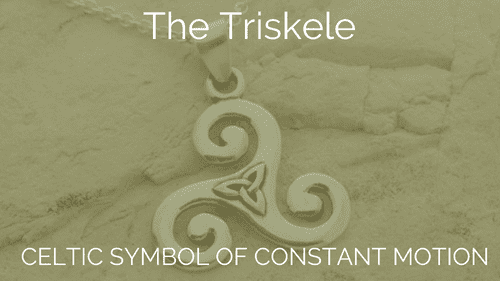Discovering the Beauty and Versatility of Cable Stitch Knitting
In the realm of knitting, few techniques rival the captivating allure and versatility of the cable stitch. Originating from the rugged fishing communities of the Aran Islands off Ireland’s coast, cable stitch knitting has evolved into timeless pieces cherished for intricate patterns and rich textures.
Unveiling the History and Heritage of Cable Stitch Knitting
Centuries ago, Aran sweaters were crafted as sturdy attire for fishermen braving harsh maritime conditions. The cable stitch patterns on these garments served dual purposes—besides their aesthetic appeal, they functioned as unique identifiers, distinguishing each family’s lineage. Over time, the charm and complexity of cable knitting spread globally, transforming into a symbol of enduring craftsmanship and beauty.
Mastering the Technique
At its core, cable knitting involves crossing stitches to create the illusion of twisted cables. Typically worked over multiples of two or four stitches, this technique uses cable needles or double-pointed needles to temporarily hold stitches while others are worked. This interlacing process forms the hallmark cable patterns that add depth and character to knitted creations.
Versatility and Creative Exploration
Whether you’re a novice or a seasoned knitter, the cable stitch offers endless opportunities for creativity. From simple single-cable designs to elaborate panels, cable knitting can enhance various projects like scarves, hats, cardigans, blankets, and even socks. By blending cables with other stitch patterns like ribbing or lace, knitters can craft unique textures and visual intrigue.
Tips and Techniques for Success
To excel in cable knitting, consider these practical tips:
- Utilize a Cable Needle: Choose a cable needle that matches your knitting needles’ size to maintain consistent tension.
- Navigate Cable Charts: Familiarize yourself with reading cable charts for a smoother knitting experience.
- Perfect Your Tension: Maintain even tension throughout your knitting to ensure balanced and polished results.
- Embrace Creativity: Modify existing patterns or invent your own cable motifs to personalize your projects and explore new possibilities.
Finding Joy in Handcrafted Beauty
In today’s fast-paced world, the rhythmic art of cable knitting offers a therapeutic escape. Beyond honing knitting skills, it connects enthusiasts to a legacy of artisanal craftsmanship. Engaging in cable stitch knitting allows for a meditative experience, where the repetitive motions and tangible progress bring a sense of satisfaction and fulfillment.
Embracing Timeless Elegance
In conclusion, the cable stitch stands as a testament to the enduring allure and elegance of knitting. Its intertwining patterns continue to captivate and inspire, making an Aran sweater adorned with cables a cherished addition to any wardrobe. Whether drawn to its historical significance or creative potential, cable stitch knitting promises a journey filled with beauty, skill, and endless possibilities. Discover the timeless artistry of cable knitting and unlock a world of handmade splendor.











